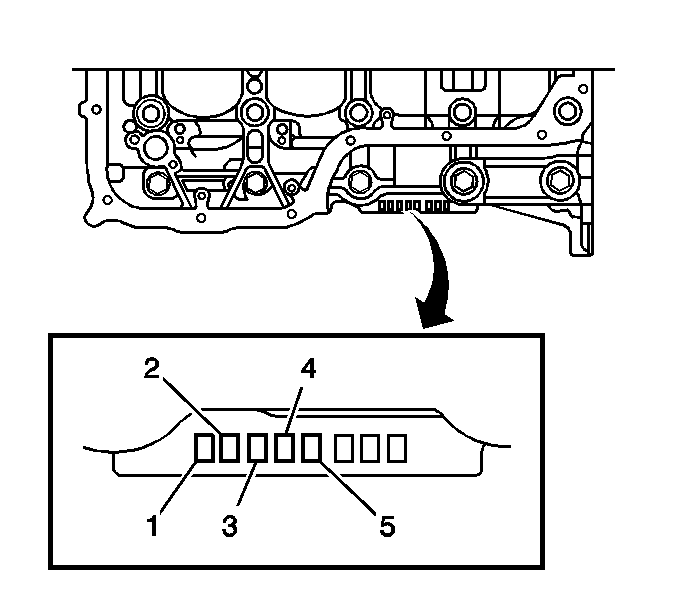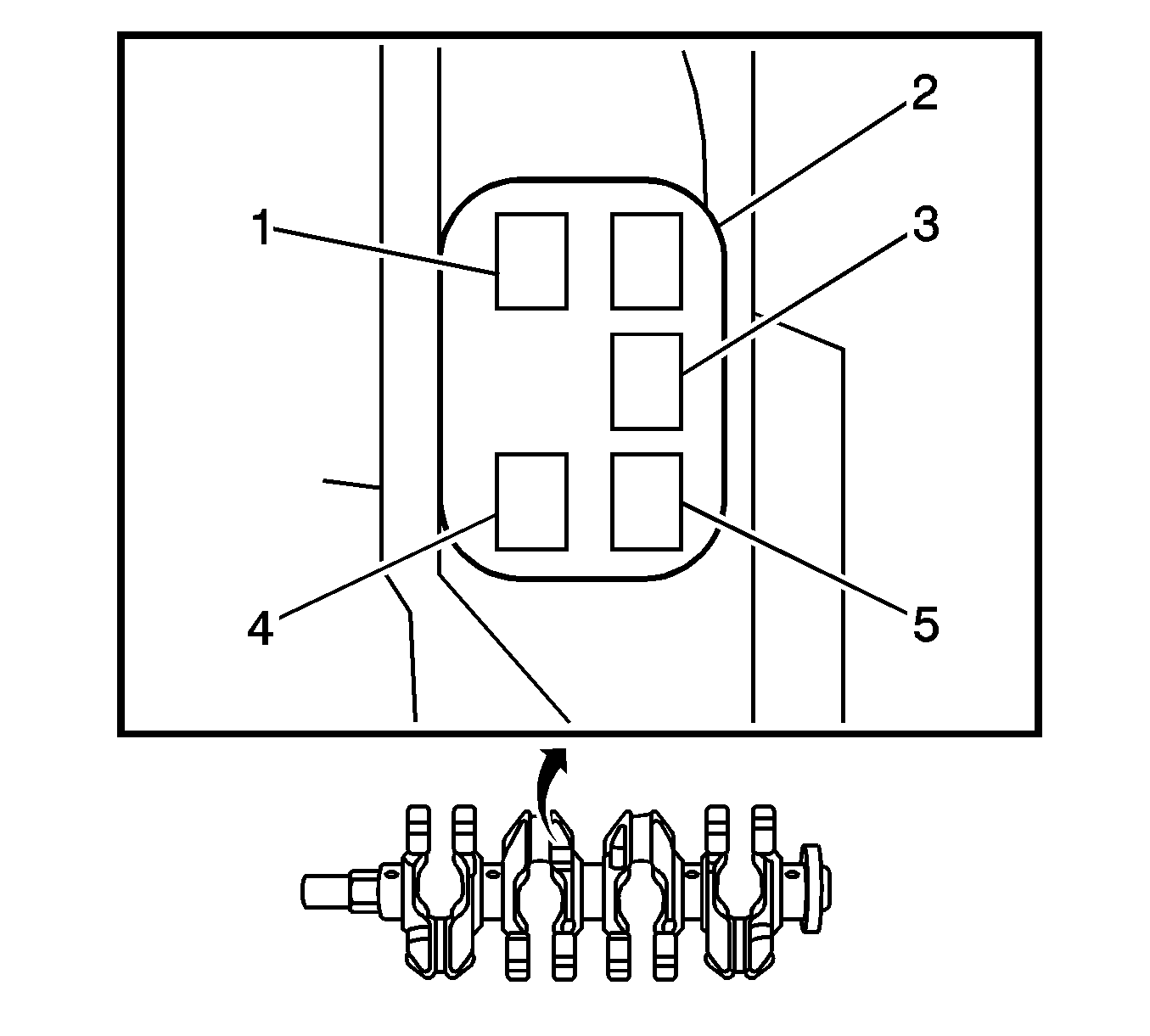Crankshaft and Bearing Cleaning and Inspection Crankshaft and Bearing Inspect
Crankshaft Cleaning and Inspection
Tools Required
J 7872 Magnetic Base Dial Indicator Set
Important: Use care when handling the crankshaft. Avoid damage to the bearing surfaces.
- Clean the crankshaft with solvent.
- Thoroughly clean all oil passages and inspect for restrictions or burrs.
- Dry the crankshaft with compressed air.
- Perform a visual inspection of the crankshaft for damage.
- Inspect the crankshaft journals for wear (1).
- Inspect the crankshaft journals for grooves or scoring (2).
- Inspect the crankshaft journals for scratches or wear (3).
- Inspect the crankshaft journals for pitting or imbedded bearing material (4).
- Measure the crankshaft journals for out-of-round.
- Measure the crankshaft journals for taper.
- Measure the crankshaft runout.
- Use the J 7872 in order to measure the crankshaft runout at the front and rear intermediate journals.
- Use the J 7872 in order to measure the runout of the crankshaft rear flange.
- Replace or repair the crankshaft if the measurements are not within specifications.
- Inspect crankshaft bearings for craters or pockets. Flattened sections on the bearing halves also indicate fatigue.
- Inspect the crankshaft bearings for excessive scoring or discoloration.
- Inspect the crankshaft bearings for dirt or debris imbedded into the bearing material.
- Inspect the crankshaft bearings for improper seating indicated by bright, polished sections of the bearing.
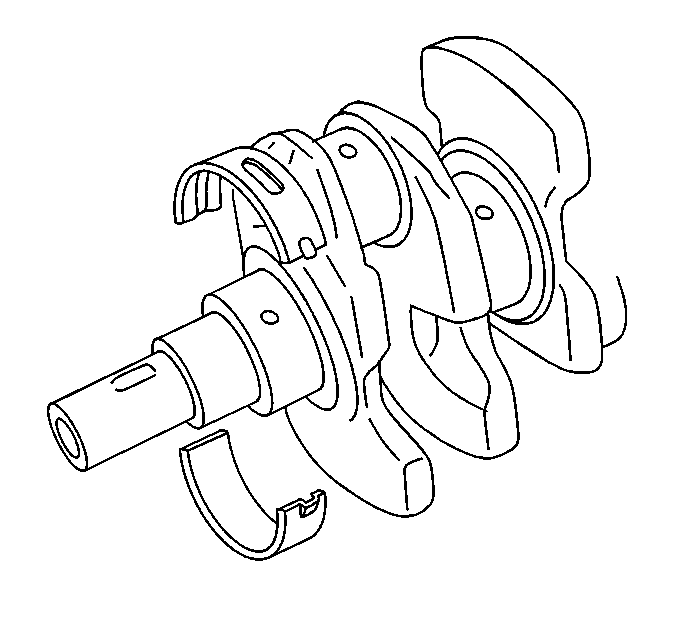
Caution: Refer to Safety Glasses Caution in the Preface section.

Journals should be smooth with no signs of scoring, wear, or damage.

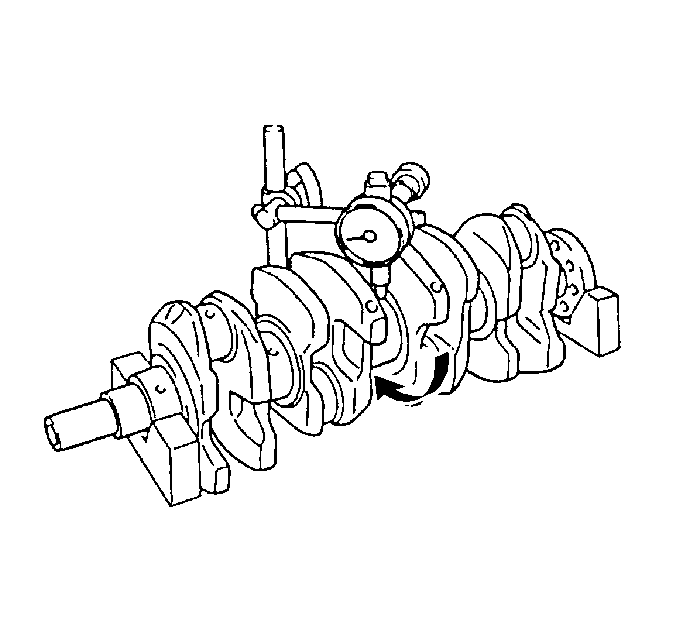
Using wooden V blocks, support the crankshaft on the front and rear journals.
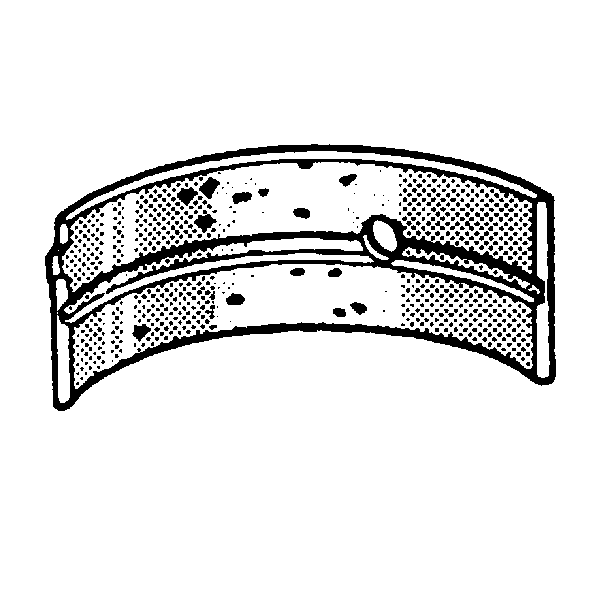
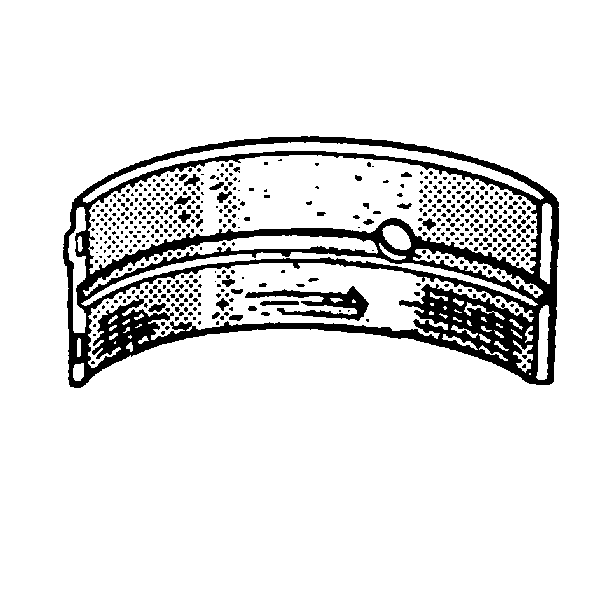
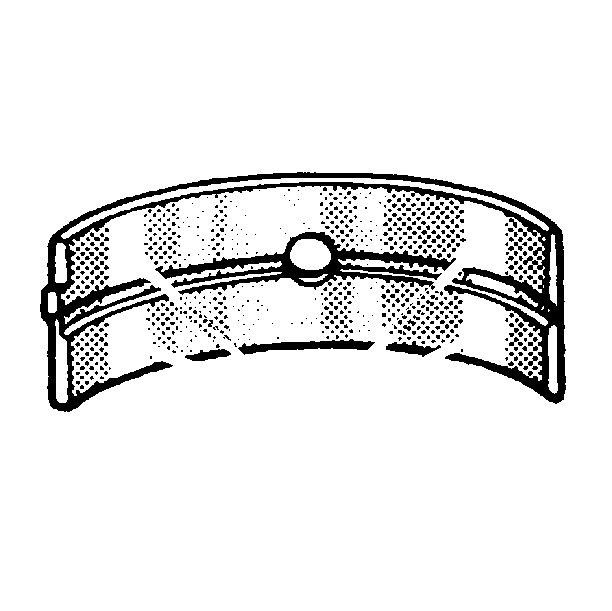
If the lower half of the bearing is worn or damaged, both upper and lower halves should be replaced.
Generally, if the lower half is suitable for use, the upper half should also be suitable for use.
Crankshaft and Bearing Cleaning and Inspection Bearing Selection
Crankshaft Main Bearing Selection
Tools Required
J 36660-A Torque Angle Meter
- The crankshaft bearings are of the precision insert type. The crankshaft bearings are available in standard and various undersizes.
- Inspect the crankshaft main bearing bores using the following procedure:
- Install the original crankshaft main bearing inserts on to the cylinder block and the lower crankcase assembly.
- Carefully place the crankshaft on to the bearing inserts in the cylinder block.
- Lay a piece of gaging plastic across each crankshaft main journal.
- Carefully place the lower crankcase assembly on to the cylinder block.
- Install the ten main bearing cap bolts.
- After reaching the proper torque, remove the ten crankshaft main bearing cap bolts.
- Carefully remove the lower crankcase assembly from the cylinder block.
- Measure the gaging plastic at its widest point.
- If using a standard bearing, replace it with one having the same number. If the number of the bearing cannot be determined, select the correct bearing by determining the numbers imprinted on the cylinder block (1-5).
- If using a standard bearing, replace it with one having the same number. If the number of the bearing cannot be determined, select the correct bearing by determining the numbers imprinted on the crankshaft (1-5). Refer to the Main Bearing Selection Formula, Main Bearing Selection Chart and the Crankshaft Main Bearing Table in Engine Mechanical Specifications .

Important: If crankshaft bearing failure is due to other than normal wear, investigate the cause. Inspect the crankshaft bearing bores.
| 2.1. | Tighten the bearing cap to specification. |
| 2.2. | Measure the bearing bore for taper and out-of-round. |
| 2.3. | No taper or out-of-round should exist. |

Important: Do not turn the crankshaft while measuring the bearing clearance.
Notice: Refer to Fastener Notice in the Preface section.
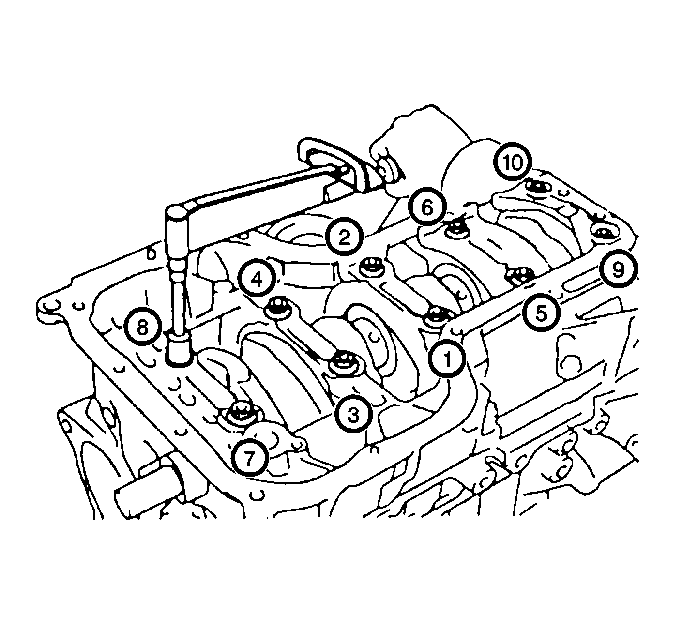
Tighten
Tighten the crankshaft main bearing cap bolts in the sequence shown, use three progressive steps to obtain 44 N·m (32 lb ft), then use a
J 36660-A
and tighten
the main bearing cap bolts an additional 90 degrees.
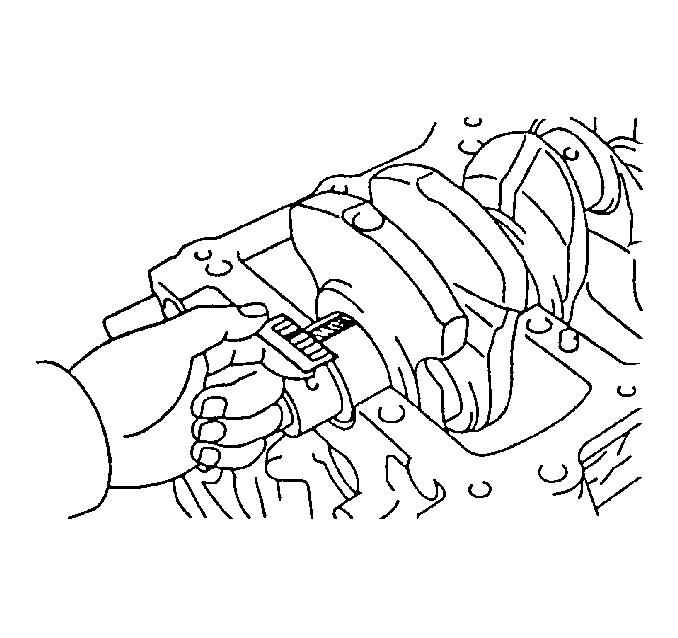
Standard Oil Clearance
0.016-0.032 mm (0.0006-0.0013 in)
Maximum Oil Clearance
0.080 mm (0.0031 in)
